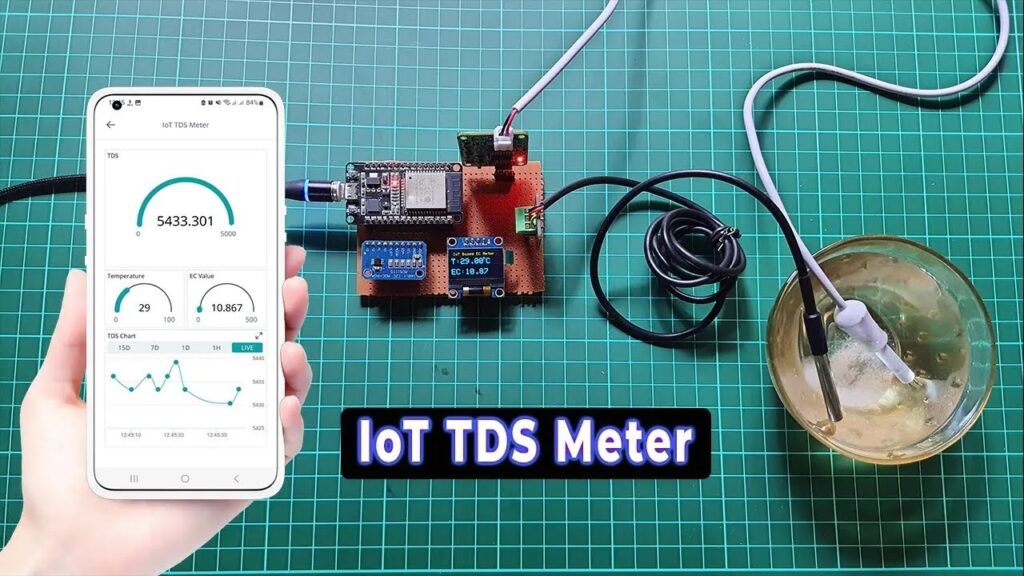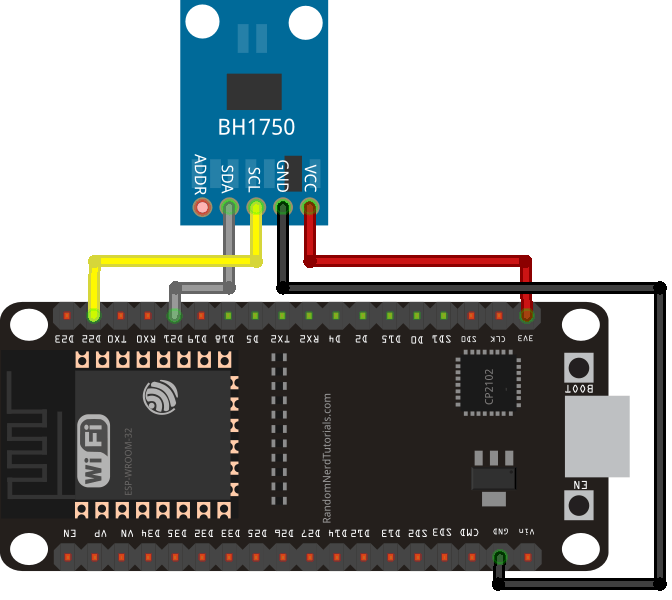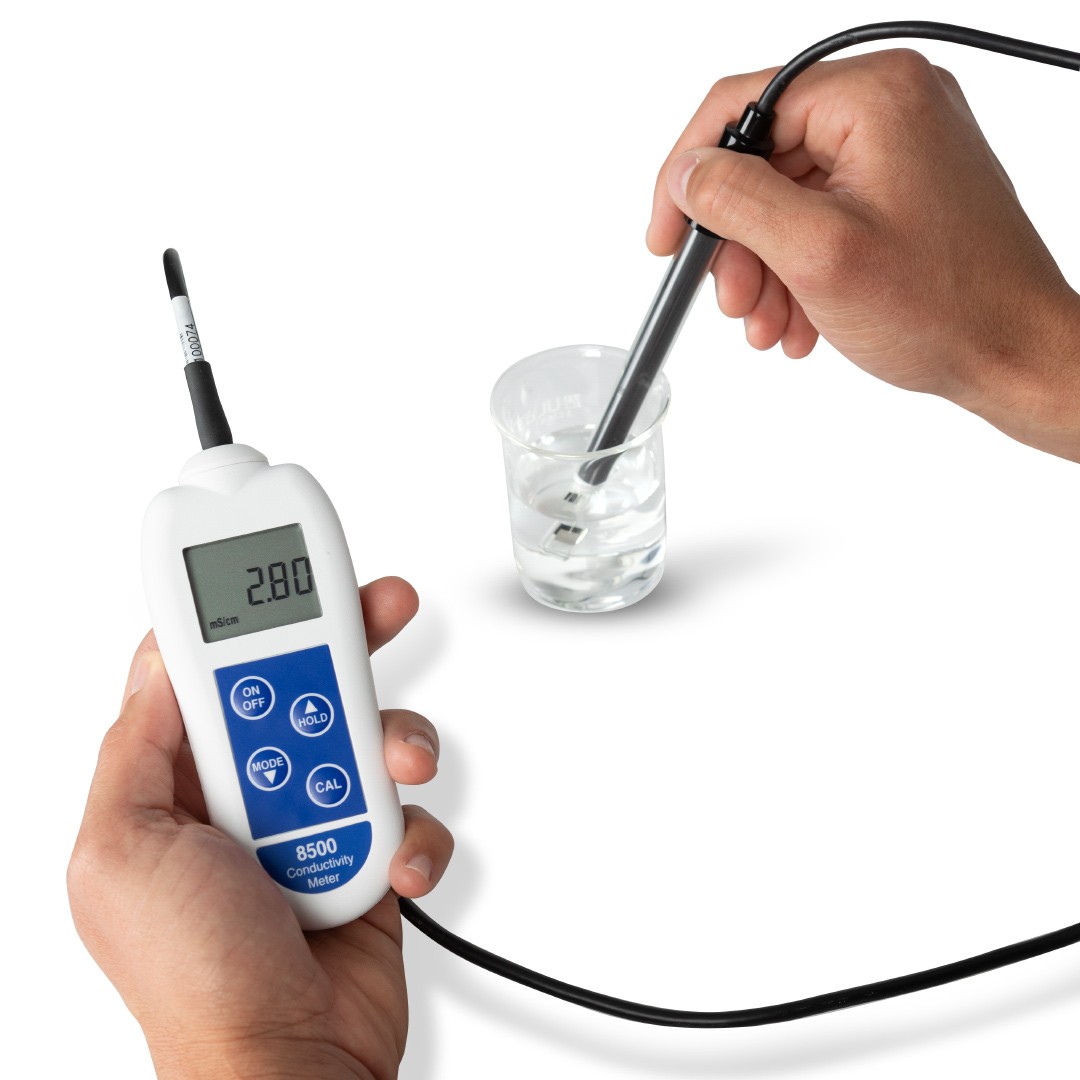How to Use a TDS Sensor for Water Quality Monitoring
Water quality monitoring is crucial for ensuring the safety and health of individuals who consume water from various sources. One of the parameters used to assess water quality is Total Dissolved Solids (TDS). TDS sensors are an essential tool for monitoring TDS levels in water, providing valuable data for analysis and decision-making.
In this article, we will discuss how to effectively use a TDS sensor for water quality monitoring. By following these steps, you can ensure accurate and reliable results for assessing the TDS levels in your water sources.
Step 1: Calibrate Your TDS Sensor
Before using your TDS sensor, it is essential to calibrate it to ensure accurate readings. Follow the manufacturer’s instructions for calibration, which typically involves placing the sensor in a standard solution with a known TDS level. Compare the readings from the sensor to the known TDS level and adjust as necessary to calibrate the sensor.
Step 2: Prepare Your Water Sample
Collect a sample of the water you wish to test in a clean container. Ensure that the container is free from any contaminants that could skew the TDS readings. Stir the water sample to ensure that any dissolved solids are evenly distributed throughout the sample.
Step 3: Measure the TDS Level
Immerse the TDS sensor into the water sample, making sure that the sensor is fully submerged. Allow the sensor to stabilize, and then record the TDS reading displayed on the sensor. Take multiple readings from different areas of the water sample to ensure consistency.
Step 4: Interpret the Results
Once you have gathered the TDS readings from your water sample, interpret the results to assess the water quality. Compare the TDS levels to recommended guidelines for drinking water quality to determine if the water is safe for consumption. High TDS levels may indicate the presence of contaminants in the water.
Step 5: Take Action
If the TDS levels in your water sample are higher than the recommended guidelines, take action to address the issue. Consider implementing water treatment measures such as filtration or reverse osmosis to remove contaminants and improve water quality. Regularly monitor TDS levels to ensure that the water remains safe for consumption.
Conclusion
Using a TDS sensor for water quality monitoring is a valuable tool for assessing the safety and quality of water from various sources. By following the steps outlined in this article, you can effectively use a TDS sensor to monitor TDS levels in water and take appropriate actions to ensure the safety of individuals consuming the water. Remember to calibrate your sensor, prepare your water sample, measure the TDS level, interpret the results, and take action as needed to maintain water quality.
How to Use a TDS Sensor for Water Quality Monitoring
Water quality monitoring is crucial for ensuring the safety and health of individuals who consume water from various sources. One of the parameters used to assess water quality is Total Dissolved Solids (TDS). TDS sensors are an essential tool for monitoring TDS levels in water, providing valuable data for analysis and decision-making.
In this article, we will discuss how to effectively use a TDS sensor for water quality monitoring. By following these steps, you can ensure accurate and reliable results for assessing the TDS levels in your water sources.
Step 1: Calibrate Your TDS Sensor
Before using your TDS sensor, it is essential to calibrate it to ensure accurate readings. Follow the manufacturer’s instructions for calibration, which typically involves placing the sensor in a standard solution with a known TDS level. Compare the readings from the sensor to the known TDS level and adjust as necessary to calibrate the sensor.
Step 2: Prepare Your Water Sample
Collect a sample of the water you wish to test in a clean container. Ensure that the container is free from any contaminants that could skew the TDS readings. Stir the water sample to ensure that any dissolved solids are evenly distributed throughout the sample.
Step 3: Measure the TDS Level
Immerse the TDS sensor into the water sample, making sure that the sensor is fully submerged. Allow the sensor to stabilize, and then record the TDS reading displayed on the sensor. Take multiple readings from different areas of the water sample to ensure consistency.
Step 4: Interpret the Results
Once you have gathered the TDS readings from your water sample, interpret the results to assess the water quality. Compare the TDS levels to recommended guidelines for drinking water quality to determine if the water is safe for consumption. High TDS levels may indicate the presence of contaminants in the water.
Step 5: Take Action
If the TDS levels in your water sample are higher than the recommended guidelines, take action to address the issue. Consider implementing water treatment measures such as filtration or reverse osmosis to remove contaminants and improve water quality. Regularly monitor TDS levels to ensure that the water remains safe for consumption.
Conclusion
Using a TDS sensor for water quality monitoring is a valuable tool for assessing the safety and quality of water from various sources. By following the steps outlined in this article, you can effectively use a TDS sensor to monitor TDS levels in water and take appropriate actions to ensure the safety of individuals consuming the water. Remember to calibrate your sensor, prepare your water sample, measure the TDS level, interpret the results, and take action as needed to maintain water quality.



